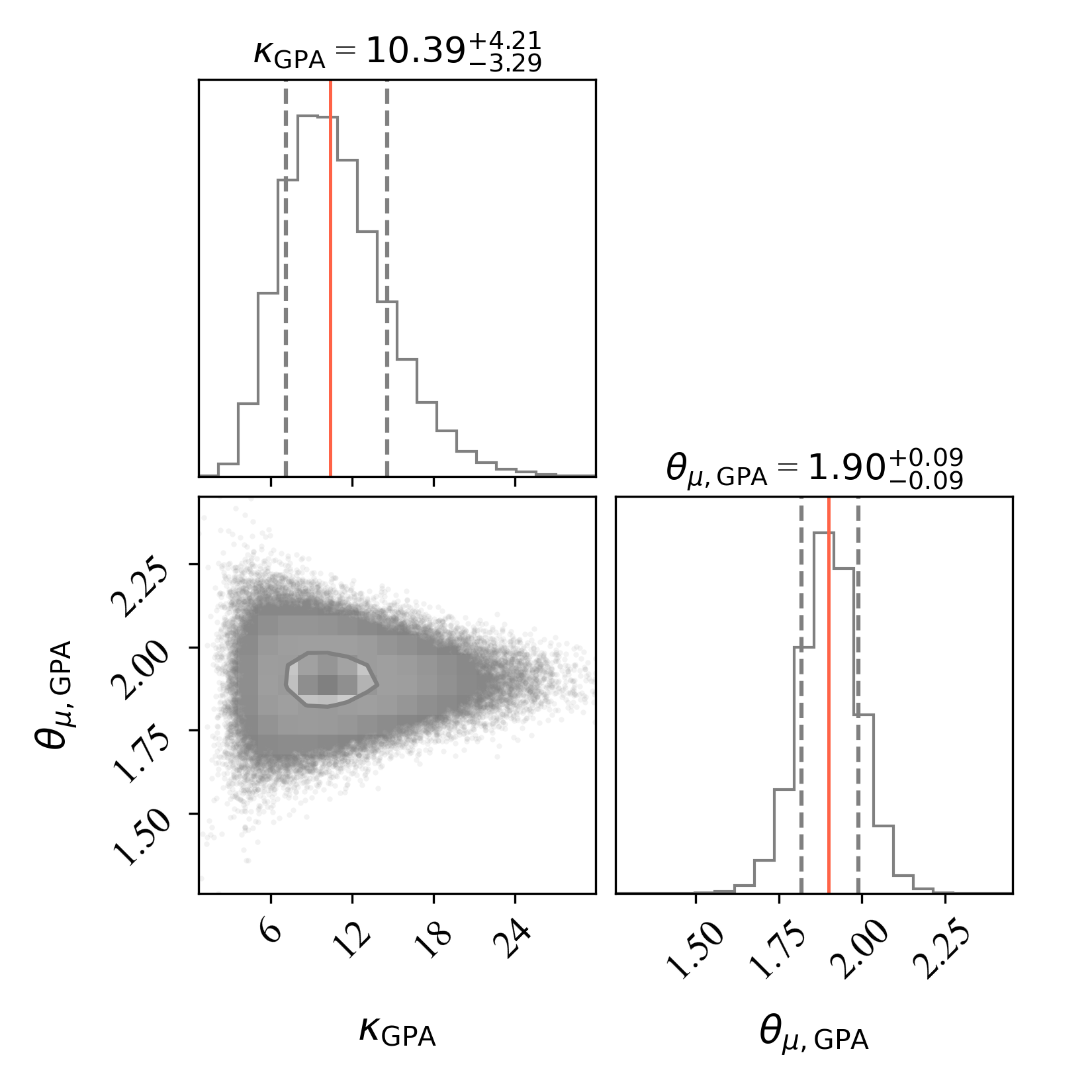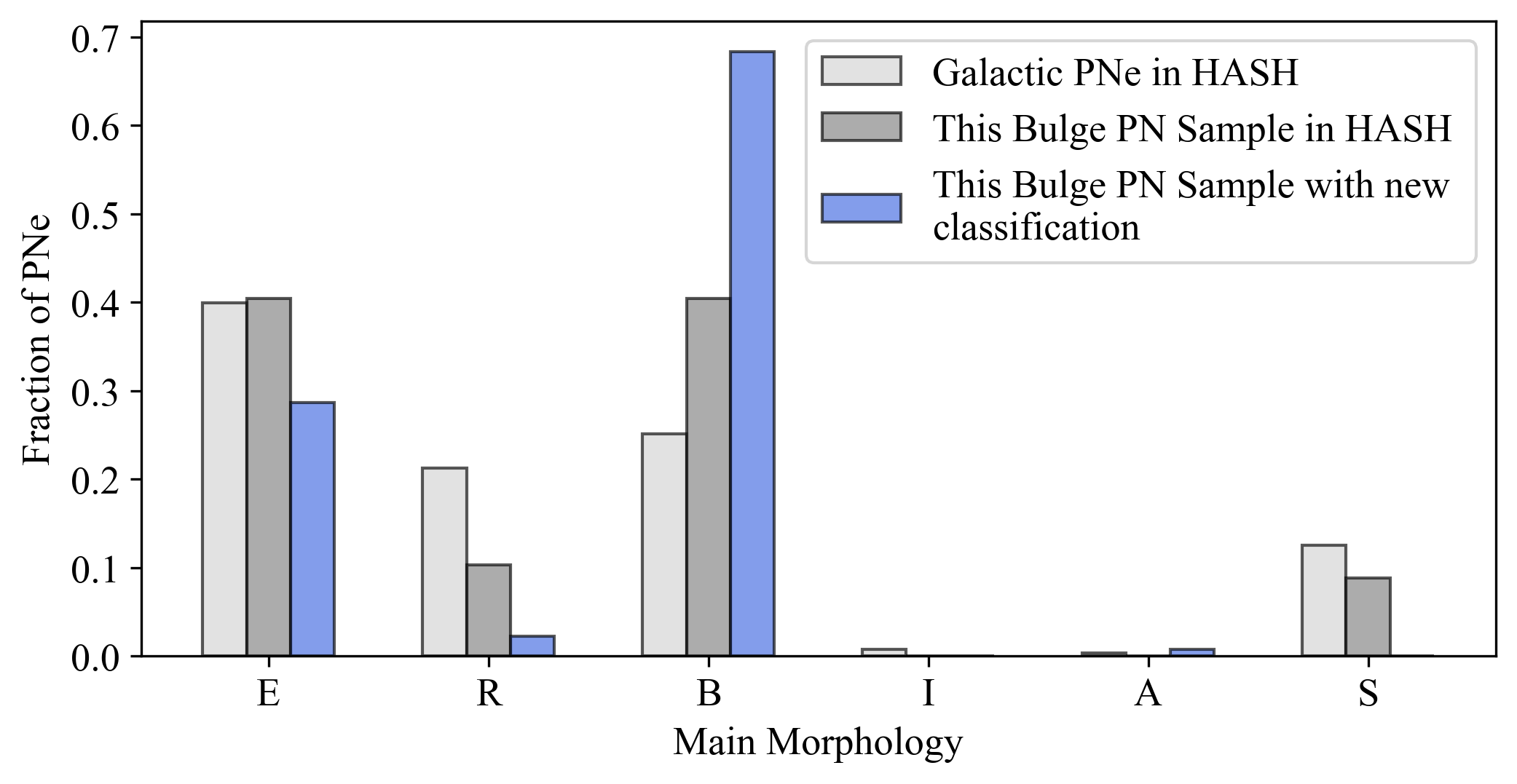2024MNRAS.527.6363T
Published in Monthly Notices of the Royal Astronomical Society, 2023
Abstract: In this paper, the third of a series of papers, we present well-determined chemical abundances for 124 planetary nebulae (PNe) in the Galactic bulge from deep, long-slit FORS2 spectra from the 8.2 m ESO Very Large telescope (VLT). Prior to this work there were only ∼240 bulge PNe with chemical abundances previously determined over a ∼50 yr period and of highly variable quality. For 34 of these PNe we are presenting their abundances for the first time, which adds ∼14 per cent to the available sample of bulge PNe abundances.
Download here




